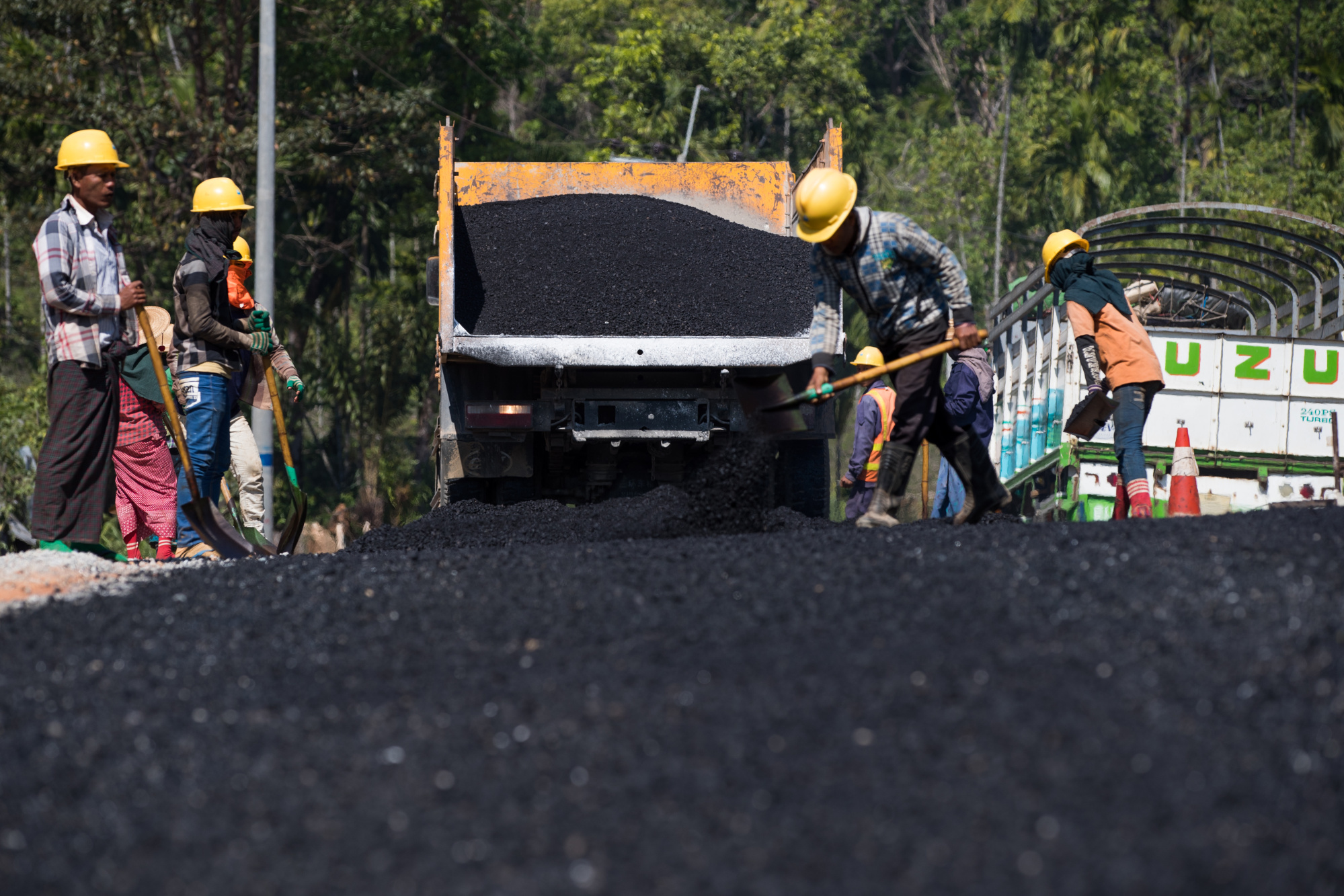Across Southeast Asia, policy makers hungry for infrastructure investment are looking beyond China.
Southeast Asia’s economies will need to spend about $2.8 trillion on projects like roads, bridges, ports and railways from 2016 to 2030 in order to maintain economic growth and reduce poverty, the Asian Development Bank reckons.
And while China has stepped in to fund some of those investments with its almost-$1 trillion Belt and Road Initiative, Southeast Asian governments are finding home-grown solutions to attract investors as they assess the risks of relying too heavily on the world’s No. 2 economic power.
When top finance officials from nine economies in the Association for Southeast Asian Nations gathered for two hours of panels on April 5 in Singapore to take stock of the region’s infrastructure needs, “China” was uttered just twice.
Instead, the World Bank-sponsored discussion featured a laundry list of actions and ideas to attract outside financing:
Myanmar is implementing three special economic zones, and is looking to expand government bond issuance Indonesia previously required insurers and pension funds to hold 30 percent in government bonds; now, this can be government bonds or infrastructure-related securities About 30 percent of Thailand’s $80 billion in planned and in-progress infrastructure projects will need private financing, including 5 percent from capital markets; while it’s hit some snags, the government aims to open an infrastructure fund to investors in the next couple of months, said Finance Minister Apisak Tantivorawong Vietnam, which already has an equities market that’s more than 70 percent of GDP, has its eyes on a green bond market Singapore, a global financial services hub, is staffing a new government-led infrastructure office that’s meant to be a regional center for innovative project financing
Southeast Asia is already benefiting from Japanese money. Data from BMI Research shows that Japanese investment in regional infrastructure since the 2000s -- both completed and ongoing -- amounted to about $230 billion, while from China it reached about $155 billion.
China’s infrastructure push also comes with challenges that Asean governments would want to prevent. The case of Sri Lanka’s port of Hambantota is often cited as a cautionary tale of an economy incurring hefty bills under loan agreements and forfeiting assets to China.
International Monetary Fund Managing Director Christine Lagarde highlighted some of the risks in an April 12 speech in Beijing. She cited the challenge of “ensuring that Belt and Road only travels where it is needed” and warned of potential project failure and misuse of funds.
The Washington-based Center for Global Development issued a March 5 report to highlight eight countries that could “suffer from debt distress due to future BRI-related financing,” since they all have dangerously high debt-to-GDP ratios and share China as their dominant creditor. Among the eight is Laos, where the research institution sees gross debt at 70.3 percent this year after 69 percent in 2017. – Bloomberg
